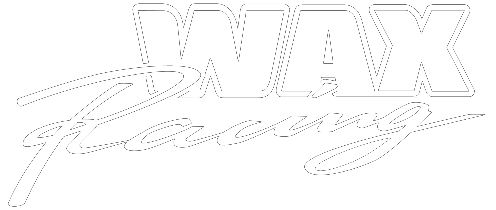
Squish: The Simple Secret to Power, Cooling, and Reliability in Two-Stroke Engines
If you’re building or tuning a two-stroke engine, there’s one thing you absolutely need to get right: squish. It sounds weird, but it’s one of the most important parts of how your engine makes power, stays cool, and avoids blowing up from detonation.
Let’s break it down in plain language.
What Is Squish?
Squish is the tiny gap between the edge of the piston and the cylinder head when the piston is all the way at the top (top dead center). It’s called “squish” because as the piston comes up, it squishes the air-fuel mix out of that gap and toward the center of the combustion chamber.
That squish does three important things:
-
Helps your engine burn fuel better by pushing it into the center where it burns faster and cleaner.
-
Keeps things cooler by stopping hot spots around the outer edge of the piston.
-
Reduces detonation (that knocking sound that can destroy engines).
Does Tight Squish Cause Knock?
A lot of people think if you make the squish gap too tight, it causes detonation. But if your squish is tight enough, there’s actually nothing left in the squish band to detonate. The fuel gets pushed out before it can sit there and explode.
The real danger is when the squish clearance is too wide—just enough room for fuel to get trapped and overheated. That’s where knock starts.
Can Squish Give You More Power?
Yes, and here’s why.
When you reduce squish clearance, more of the air-fuel mixture ends up in the center of the combustion chamber—right where it burns best. For example, on an 85 mm bore with a 35 cc dome and a 45% squish band, reducing squish clearance from 1.2 mm to 0.8 mm moves about 2.5% more of the mixture into the main burn area.
That tighter, more efficient burn means you’re making power you can actually feel, while also taking stress off the outer edges of the piston and combustion chamber. It’s stronger performance that’s also easier on your engine.
How Tight Should It Be?
Here’s a general guide based on bore size:
-
Small bore (<70 mm): 0.6 – 0.8 mm
-
Medium bore (70–85 mm): 0.8 – 0.9 mm
-
Large bore (85–95 mm): 0.9 – 1.05 mm
-
Very large bore (95 mm+): 1.0 – 1.15 mm
And here’s a simple rule:
Your piston should touch the head only if the engine goes about 1,000 RPM higher than it ever will.
That way, even with heat expansion and rod stretch, it stays safe.
What Fuel Are We Talking About?
Fuel octane matters when tuning squish.
In Australia and Europe, fuel is rated by RON.
In the US, it’s AKI, which is shown on the pump as (R+M)/2.
Here’s how they compare:
| Australia (RON) | US (AKI) |
|---|---|
| 91 RON | ~87 octane |
| 95 RON | ~91 octane |
| 98 RON | ~93–94 octane |
So when we say 95–98 RON, that means you need premium fuel.
Why Dome Shape Matters
Most aftermarket heads on the market—including the ones we currently offer—use a flat or straight-cut squish band. It’s simple, it works, and it's what riders have used for years. But it doesn’t match the curved top of the piston, which means the squish clearance can be tight in the middle but loose around the edges. That extra clearance leaves room for detonation to start.
We’re changing that.
We have a new dome design in development that features a combustion chamber specifically shaped for unleaded fuel and modern piston domes. These new domes are designed to maintain consistent squish clearance across the entire band, eliminate detonation-prone hot spots, and offer improved performance with today’s fuel.
Our current heads are still a solid, reliable choice—and we continue to offer them for riders who want a proven setup. But if you're looking for next-level performance, our unleaded-specific combustion chamber domes are coming soon.
Final Thoughts
Squish isn’t just a technical measurement—it’s one of the most important ways to tune a two-stroke engine. Set it too wide, and you lose power, increase heat, and risk damage. Set it right, and you get:
-
More power
-
Better cooling
-
Cleaner combustion
-
Longer engine life
And when your dome is designed to match your piston, it all comes together.
Set it right. Match the dome. Feel the difference.

